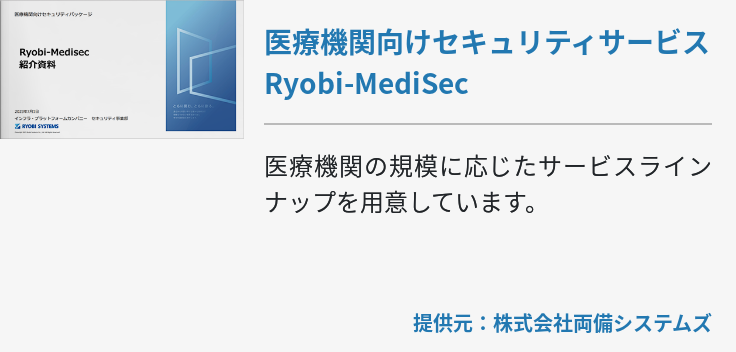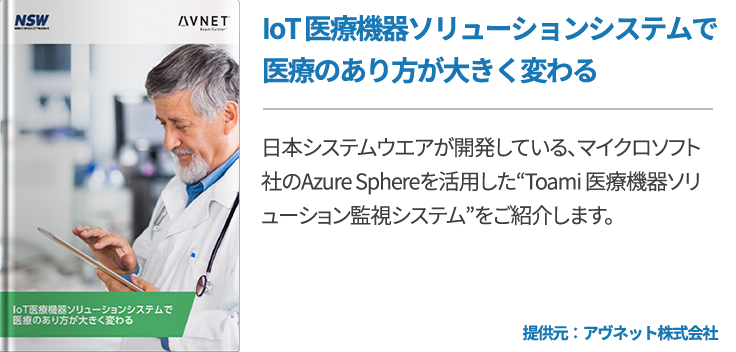
Table of contents
- What is an “electronic medication notebook” managed with a smartphone app?
- Background of the birth of electronic medicine notebook
- Functional features of electronic medicine notebook
- User side functions
- Pharmacy side functions
- Current status and issues of electronic medicine notebooks
- summary
What is an “electronic medication notebook” managed with a smartphone app?
A medicine notebook is a notebook used by patients to record information on medicines prescribed at the hospital. It is used for the purpose of making pharmaceutical products safer and more effective. By presenting your medication notebook when visiting a hospital or receiving prescription medication at a pharmacy, the doctor or pharmacy can check information on your prescribed medications and medication history. This makes it possible to share information such as duplication and combinations of medications, and whether there are any allergies or side effects caused by medications.
Paper medication notebooks in the form of booklets are common, but recently the number of users of electronic medication notebooks that can be used on smartphones (smartphones) is increasing. This digitizes the information in your medication notebook and stores it on a cloud server, so you don’t have to worry about losing it like you would with a paper medication notebook. Also, since it is an app, it is a convenient system that provides secondary services such as sending prescriptions to the pharmacy in advance and an alarm function to remind you when it is time to take your medication.
After installing the medication notebook app on your smartphone and registering as a user, you can start using it by reading the QR code you receive at the pharmacy and registering your medication information. If you do not have a QR code, you can also enter it manually. Once the registered data is sent to the server, hospitals and pharmacies can view the data with the patient’s permission.
Background of the birth of electronic medicine notebook
Discussion about electronic medication notebooks originally began with the “New Information and Communication Technology Strategy (New IT Strategy)” formulated by the government’s IT Strategy Headquarters in 2010. Meanwhile, the Great East Japan Earthquake of 2011 occurred. Those who were taking medication needed medication at the evacuation center, but since they did not have their medication notebooks, they did not know the official names of the medications, making it difficult to identify which medications should be provided. . On the other hand, those who had a medication notebook with them at the time of evacuation had a record of their medication and were therefore able to prescribe medication smoothly. Therefore, if the information in the medication notebook is stored on the smartphone that most people carry with them on a daily basis, and it is also saved on the cloud, it will be possible to check the medication history even in the unlikely event of an emergency. , an electronic version of the medication notebook was born.
Functional features of electronic medicine notebook
The electronic medicine notebook has user-side functions and pharmacy-side functions. Let’s explain each one.
User side functions
- You can save data to your smartphone
Even if you need to evacuate due to a disaster such as a major earthquake or heavy rain, you are likely to carry your smartphone with you. You can check your medication history anywhere.
- You can manage your family’s medication history
The electronic medicine notebook also allows you to manage your family’s information. You can manage information about your own children and parents who need nursing care on a single smartphone.
- You can back up your data on the cloud
Information is stored on the cloud, so you can share your medication history with your pharmacist. Also, even if you buy a new smartphone, you can simply log in to the app and your previous information will be carried over.
- ・Prescriptions can be exchanged as electronic data
By taking a picture of the prescription data received at the hospital with a smartphone and sending it to the pharmacy, you can receive your medicine without waiting.
Pharmacy side functions
- Patient data viewing function
By having customers who visit the store post a one-time QR code, the information registered in the user’s app can be checked immediately.
- Prescription data confirmation function
You can accept prescription data sent by customers in advance on the management screen and send a confirmation message. In addition, the received prescription data can be automatically output from a printer.
Current status and issues of electronic medicine notebooks
The advantage of electronic medication notebooks is that they are highly portable, as information can be exchanged using a smartphone. Another advantage is that in addition to a backup function that allows data to be stored on the cloud through the app, options such as a function to send a prescription to a pharmacy and an alarm function to notify when to take medication are available, making it a high-value-added product. However, on the other hand, there are some issues that are emerging as challenges.
First, the penetration rate is sluggish. According to the “Survey Report on Family Pharmacists and Pharmacies” released by the Ministry of Health, Labor and Welfare in 2019, the adoption rate of electronic medication notebooks at pharmacies was 48.1%, an increase of 13.2 points from the previous year. Although it is still only about half the number, the adoption rate is steadily improving. However, it is true that some pharmacies are hesitant to introduce it, and the reasons for this include “patients do not want it” and “the introduction cost is too high.”
In addition, although the use of electronic medication notebooks is increasing, especially among people who are highly health-conscious, the issue is that they require users to have a smartphone or be able to operate the app themselves. . There are still many people who are reluctant to use it, especially among the elderly, as their operating skills vary widely. According to research results published in 2017 by the research company Seed Planning, as of 2016, the penetration rate of electronic medication notebooks was approximately 10% of the number of inpatients and outpatients, and is expected to reach approximately 50% by 2025. It is predicted. Paper medication notebooks have a higher usage rate, and how to overcome this problem will be the key to solving the problem.
In addition, electronic medicine notebooks include the “Nichiyaku e-medication notebook,” which was launched jointly in 2019 by NTT Docomo, the Japan Pharmacists Association, and STNet by integrating their respective services, as well as the “Nichiyaku e-medication notebook,” which was launched jointly by NTT Docomo, the Japan Pharmacists Association, and STNet, as well as by Sony and CMIC Holdings. There are a number of them, including “h ar mo”, whose operation was taken over from Sony by the subsidiary CMIC Healthcare, “Medicine PASS” by Isei Pharmacy, and “EPARK Medication Notebook” by Freebit EPARK Healthcare . One of the disadvantages is that each is developed and operated independently, so there may be incompatibilities.
In the future, in addition to the need to develop apps that are easy to use for all ages, from children to the elderly, there will also be a need to address the incompatibility between apps from different companies, and to link them with electronic medical records.
summary
Digitizing your medication notebook brings many benefits not only to users but also to medical professionals. By converting medication history into digital data, it is likely that the use of big data analysis and AI for teacher data will expand. As a result, it may lead to more sophisticated medical care and a reduction in the burden on doctors and nurses, and future developments are expected.




